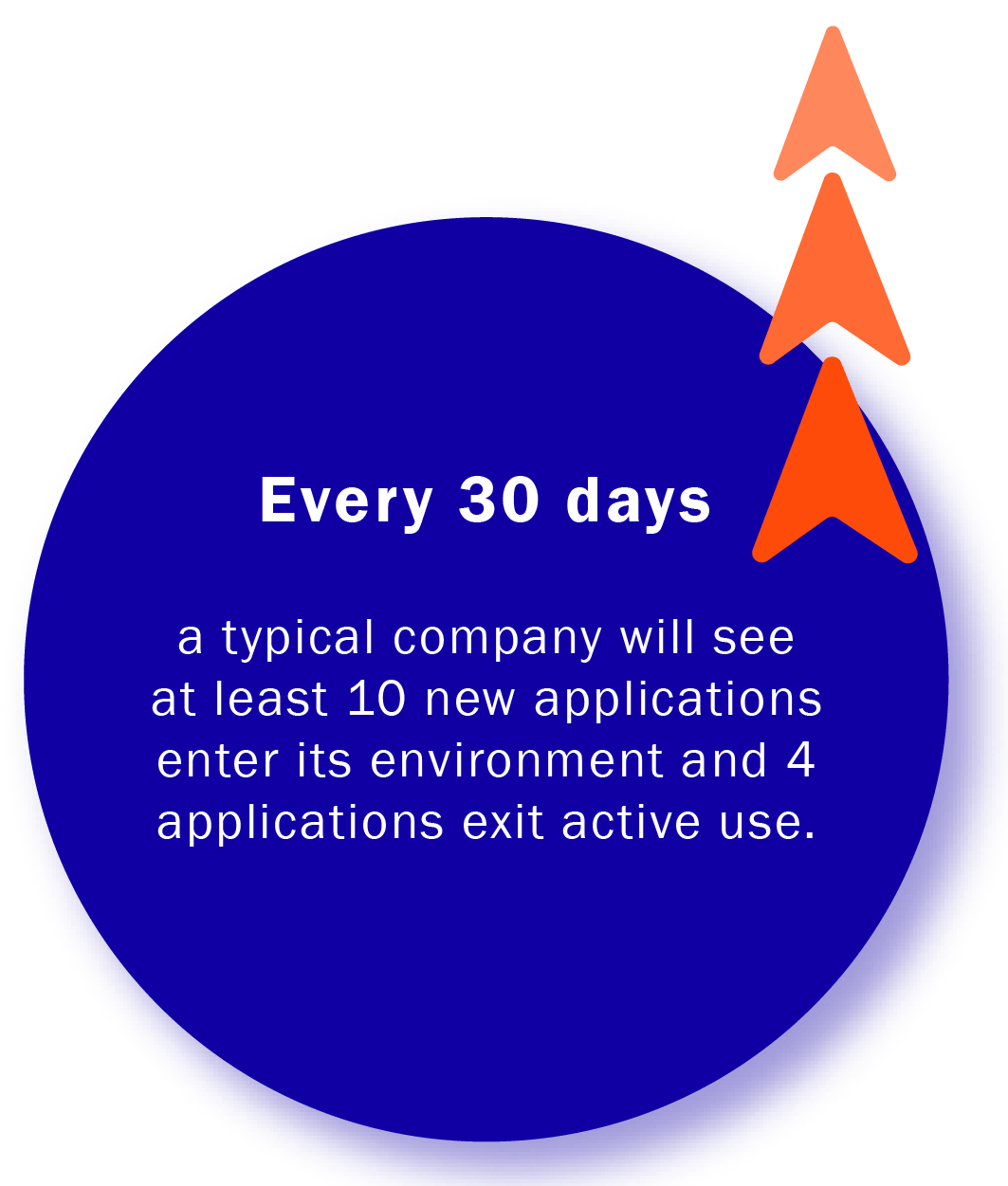As with many other spheres of life, the majority of the problems come from just a few actions. The same applies to SaaS tools - most problems originate from SaaS tools for which the company is spending a small share of the SaaS budget, but which account for a huge share of the total SaaS inventory. And a major problem among those is shadow IT and poor SaaS cost management resulting from it.

SaaS tools are, however, positively influencing the productivity of the employees, hence the companies are likely to continue investing in more and more SaaS for their workforce. Which means more shadow IT and IT departments having a hard time handling it. What does that mean for the organization and its SaaS cost management policies?
What exactly is shadow IT?
The term shadow IT stands for services, software and devices that are not controlled or owned by the IT department of the organization. This might be software purchased by a single employee and then expensed, or by a team inside the organization. It does relate to the organization’s activity but is not approved and controlled by the IT.
Shadow IT can cause a lot of security and SaaS cost management issues for the organizations:
- Uncontrolled security and compliance
- Increased and unnecessary SaaS spend
- Reduced buying power for the organization
- Paying for enterprise-level licenses with unused seats
- Paying for multiple licenses for the same tool or SaaS tools with overlapping features
What is the reason behind shadow IT?
With SaaS tools offering an easy sign up process and affordable, usually monthly-billed paid packages, it is now easier than ever for employees to subscribe to new software for learning, collaboration, productivity and more. Those SaaS tools, obtained via employee expense reimbursements, account for the majority of the SaaS inventory, even though their contribution to the entire cloud software spend is not that big. The result is - decentralized management of many IT applications, which become a major source of shadow IT.

What are the top SaaS applications most expensed by employees?
With the workspace becoming more and more digital and remote work becoming encouraged by many companies, it’s not a surprise that the top 3 applications most expensed by employees - and a reason for shadow IT and poor SaaS cost management - are those used for web conferencing, collaboration and training.
Web conferencing tools
Examples include Zoom, GoToMeeting, Blue Jeans, etc.

There are 3 specifics of those tools that make them a source of shadow IT:
- They are widely used.
Remote work and lack of live communication has made online meetings a must for every team. There is a variety of web conferencing tools used on the market, with Zoom being one of the most popular choices.
- They are easier to use compared to company-selected tools.
Often companies have an active subscription for an enterprise software which already offers web conferencing options. But, that conference option might be clumsy or problematic to use from personal devices, phone, etc which makes more common applications like Zoom the preferred employee choice.
- They are very affordable.
Some web conferencing software have a completely free option, and a low price charged for extra features like longer calls, recording, etc. This is an extra incentive for teams and employees to sign up and use those tools.
Web conferencing tools, however, also pose risks for organizations, like:
- Less buying power
Teams and employees are buying the software subscriptions individually, rather than utilizing the buying power of the organizations. This increases the cost per seat and does now allow to take advantage of better security and other contracting terms with the provider.
- Paying for unused features
Frequently employees are signing up paid subscriptions but not using the features included in the paid package. Which means this SaaS spend goes completely wasted.
Team collaboration tools
Among the most popular such tools are Asana, Jira and Slack.

The reasons they are commonly causing shadow IT is:
- Affordable cost per license and easy expensing these applications by employees
- Different tools preferred by the different teams in the organization - for example, Jira is a favorite among software engineers while Asana seems to be preferred by marketing specialists
- Lack of a centralized acquisition process - thus companies and teams make their own choice and take action towards sourcing an application of their choice
The risks posed by the usage of numerous collaboration SaaS tools is:
- Compliance - the usage of personal, company or customer data in those tools may not be in compliance with all applicable regulations
- Security issues - particularly occurring when the data entered in those apps is used by third parties, or when employees who have left the company have not been offboarded from the app
- Vulnerability of the data used in the app - which is highly likely if the application has not been vetted prior to using it
Training and learning applications
Examples include CloudAcademy, Skilljar, Docebo and others.

Training SaaS tools make up a broad category which is quite challenging to manage, since different platforms are typically targeting different teams - sales, marketing, engineering, etc.
The risks with using these SaaS platforms are:
- Uncontrolled spend - with no management on the usage and cost of these tools, they can add a lot to a company’s SaaS stack spend
- Unexpected renewals due to the lack IT overseeing
- Underused features or unused available seats, which practically means corporate money has been going down the drain
How to resolve the issue with Shadow IT?
A first and mandatory step would be discovering the full set of tools making your SaaS stack. This includes tools purchased by employees, teams and IT. Because, if you are not aware of how big your SaaS spend is, and the process of making this spend, you cannot really take action to optimize your SaaS cost management.
By using a SaaS management platform like Viio, organizations can perform an automated SaaS discovery process and:
- Get rid of duplicate subscriptions
- Set up a reliable license renewal process
- Make sure cloud software seats are utilized
- Get visibility on their SaaS spend and act proactively
- Enable more buying power for the organization
- Ensure a secure SaaS stack
How can Viio help with resolving shadow IT and improving SaaS cost management? Find out in a personalized demo!













